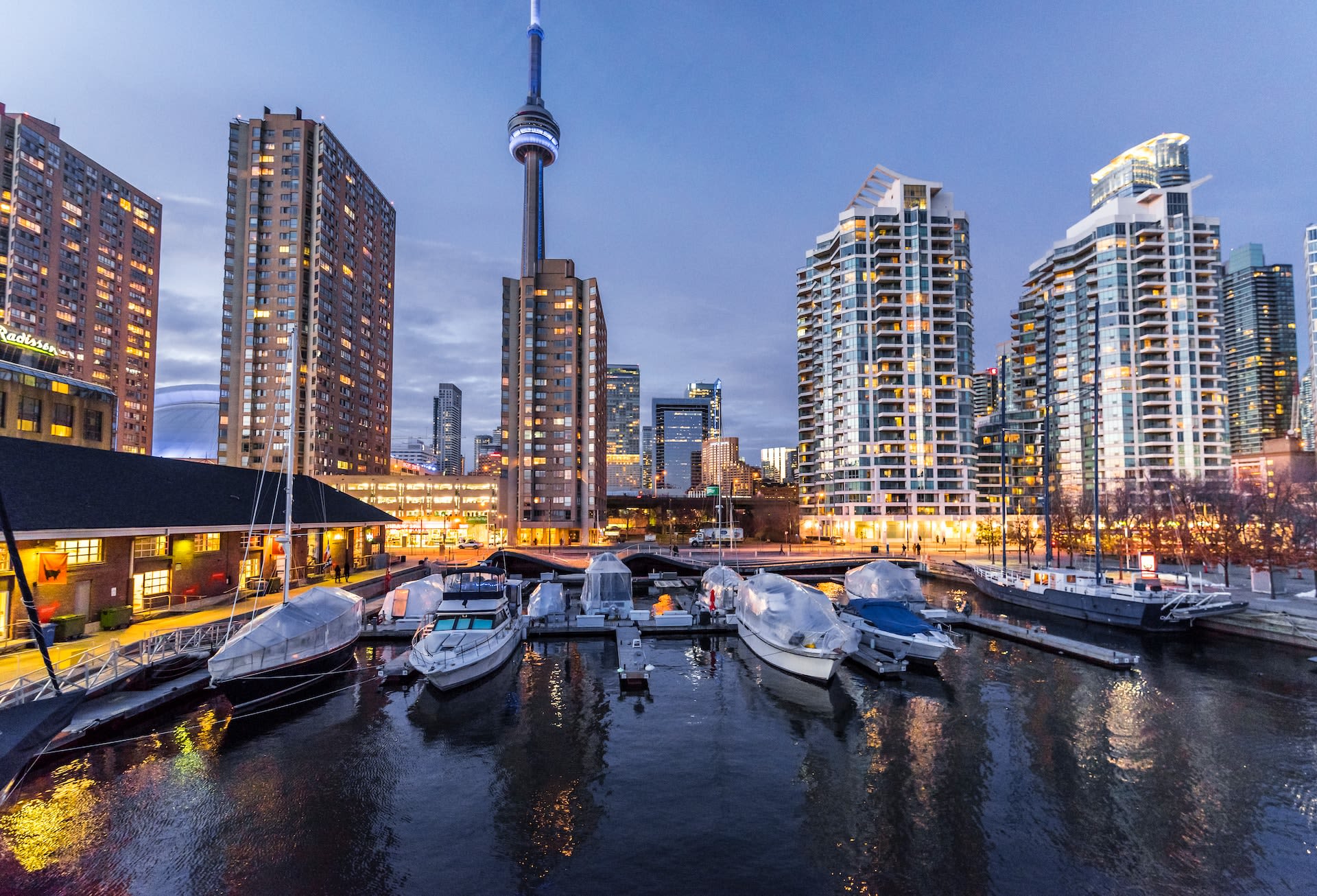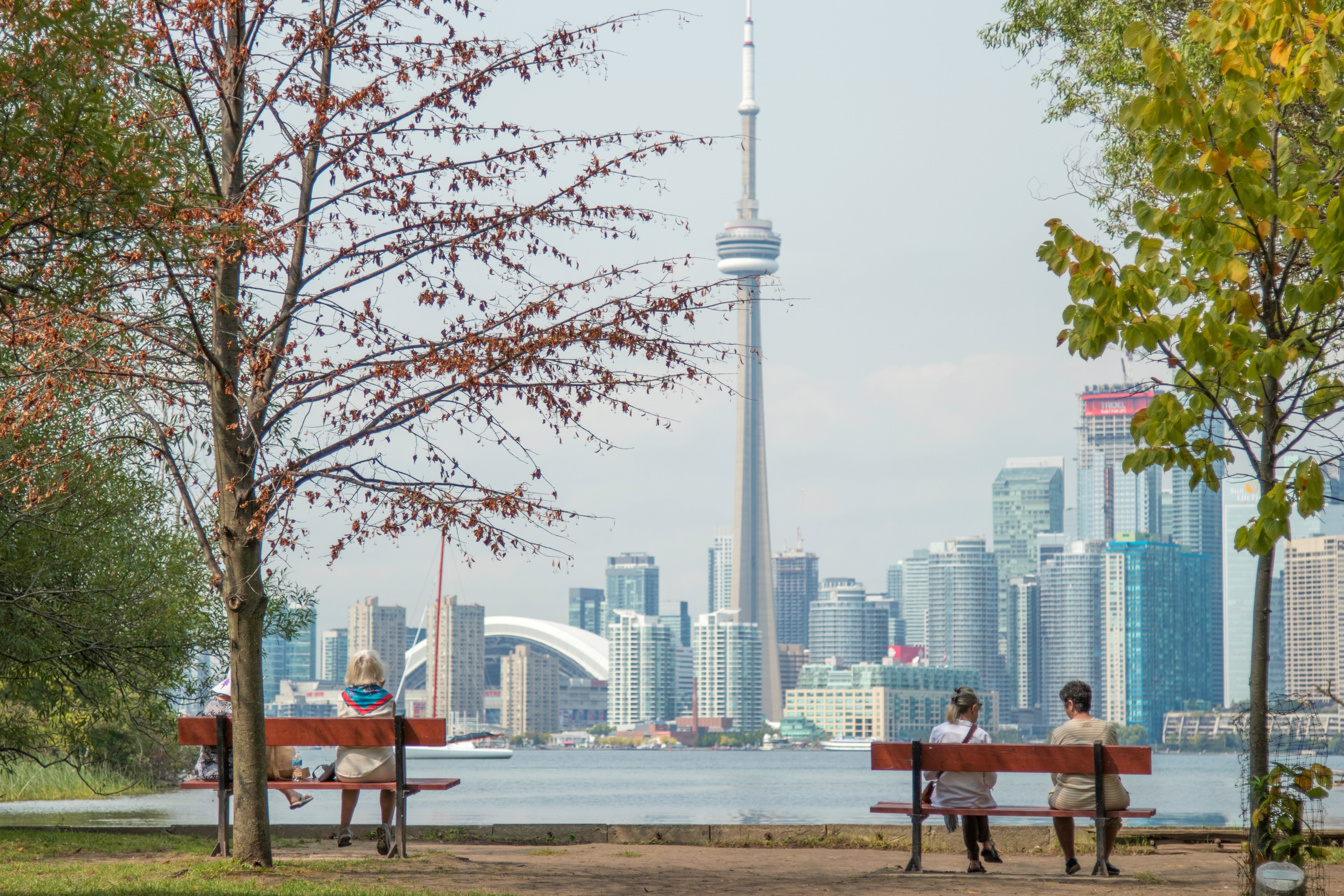The city of Toronto is one of Canada’s top destinations. Known for its stunning attractions, proximity to famous Niagara Falls, iconic sports teams, and colorful and diverse culture, Ontario’s capital is definitely a place to see. It’s also situated on the beautiful shores of Lake Ontario, which begs the question: how safe is the tap water in Toronto? Even though Toronto’s tap water is technically safe to drink due to its adherence to the Guidelines for Canadian Drinking Water Quality, there are still some potential concerns.
Key Takeaways: Is it safe to drink the tap water in Toronto?
- Toronto’s tap water comes from nearby Lake Ontario and is treated prior to distribution. It is also tested to ensure that it adheres to quality standards set by local and countrywide health authorities.
- Unfortunately, human-made issues like lead contamination, pesticide contamination, and microplastics may still infiltrate water sources and even the pipes in your homes.
- So even though Toronto’s tap water is technically safe to drink according to its legal standards, you should still filter it first for peace of mind and protection against contaminants like lead, pesticides, and microplastics.
Quality Issues With Tap Water In Toronto
The majority of Toronto gets its tap water from nearby Lake Ontario. The city collects water deep from the lake and distributes it to four water treatment plants, where the water is then treated and disinfected with chemicals like chlorine, fluoride, ammonia, and phosphoric acid. Finally, Toronto’s tap water is subject to several rounds of testing to ensure that it meets quality guidelines set by Toronto Public Health, the Province of Ontario, and the Government of Canada.
Toronto’s tap water is therefore legally considered safe to drink since it has to adhere to strict monitoring and testing standards before being distributed throughout the city. But even still, some potential quality issues can still remain after they leave the water plants.

Lead contamination
Lead contamination is one of the first potential issues that may be found throughout the city of Toronto (as well as around the world at large).
Lead is a metal that was once used to build water pipes. However, this practice was discontinued in the middle of the 21st century when health authorities discovered that lead is actually toxic and can cause serious neurological harm when consumed, especially among children. Even worse, our bodies have no way to get rid of lead, which means that it can accumulate over time. As of now, health authorities like the World Health Organization and the CDC agree that there is no safe threshold for lead exposure.
Because of this, many countries have taken great strides to watch for lead in the drinking water supply and set limits. For example, Canada has set its acceptable lead limit for drinking water at 0.005 mg/L. Unfortunately, like many other cities with older infrastructure, Toronto still has its fair share of lead water pipes. In fact, the City Of Toronto estimates that more than 22,000 residential homes in the city have city-owned lead water service pipes! What this means: if you are in a building in Toronto that was built before the mid-1950s, it is probably using a service pipe made with lead. Those pipes can “leach” lead that water picks up as it travels through, increasing your risk of lead consumption.
The good news is that Toronto does have a Drinking Water Mitigation Strategy that aims to reduce their resident’s exposure to lead, including actions like encouraging lead testing and lead pipe replacement. Even still, though, the Toronto Public Health department still recommends using a water filter especially if you are pregnant or have younger children.
Pesticides
Toronto’s tap water also runs the risk of potential pesticide contamination. Pesticides are chemicals that are used in agriculture and farming to minimize damage to crops from pests, but they can also get into the water supply after they are administered to crops, potentially presenting a health risk.
A good example of potential pesticide contamination in Toronto’s tap water is the presence of atrazine, which is a weed killer. Atrazine has been linked to hormone disruption in fish, frogs, and humans, and was even banned by the European Union due to its potential to contaminate groundwater. Unfortunately, Canada does not agree that atrazine is as dangerous as Europe believes it to be, so they have not banned the substance. This has then resulted in high levels of atrazine found in tests of Toronto tap water at higher levels than what the EU would allow (albeit at a lower level than Canada’s drinking water standards).
Microplastics
Microplastics are another huge, human-made problem in Toronto as well as throughout the world’s waterways at large.
Like many major waterways that are situated close to large human-populated areas, microplastics are a huge problem in Lake Ontario. In fact, researchers at the University of Ontario have estimated that roughly 22 million pounds of plastic debris get into the Great Lakes every single year, and they’ve also found microplastics in all samples of Great Lakes fish they have collected. But the problem isn’t just that these tiny plastic particles are in the lake — researchers are also finding that they’re making their way into the tap water supply.
Bacteria
Finally, Canada’s tap water may also be subject to contamination from microbes, aka bacteria, viruses, and other tiny organisms that may carry disease. Perhaps the most famous example of this in the area was the infamous E-coli outbreak in Walkerton, a small Ontario township about 100 miles northwest of Toronto, in 2000. During this outbreak, several residents complained of gastroenteritis symptoms, and it was discovered that this was likely due to contamination of the well water from nearby cattle farms.
But while this may sound like old news, there have also been other, more recent bacteria issues in Toronto’s water. For example, there are concerns that private water sources in the area are at an increased risk of E. coli contamination … and to make matters worse, there’s evidence that the bacteria that can contaminate these water supplies may be resistant to antibiotics. In late 2022, four Toronto beaches were also deemed unsafe to swim in due to high E. coli contamination rates after storms and floods.
The bottom line: Toronto’s water may technically be safe to drink, but you should still filter it first.
When it comes to substances like lead and microplastics that your body cannot easily get rid of, it’s better to be safe than sorry. Filter your Toronto tap water with a high-quality water filter like LARQ’s Bottle Filtered and/or Pitcher PureVis to get rid of heavy metals, particles, and other contaminants prior to drinking or using to cook. In the case of bio contaminants such as E.coli, the LARQ Bottle PureVis can help eradicate 99.99% of these microorganisms. By using a reusable water bottle, you can help reduce the amount of single-use plastics that enter the earth and pollute the waterways.
